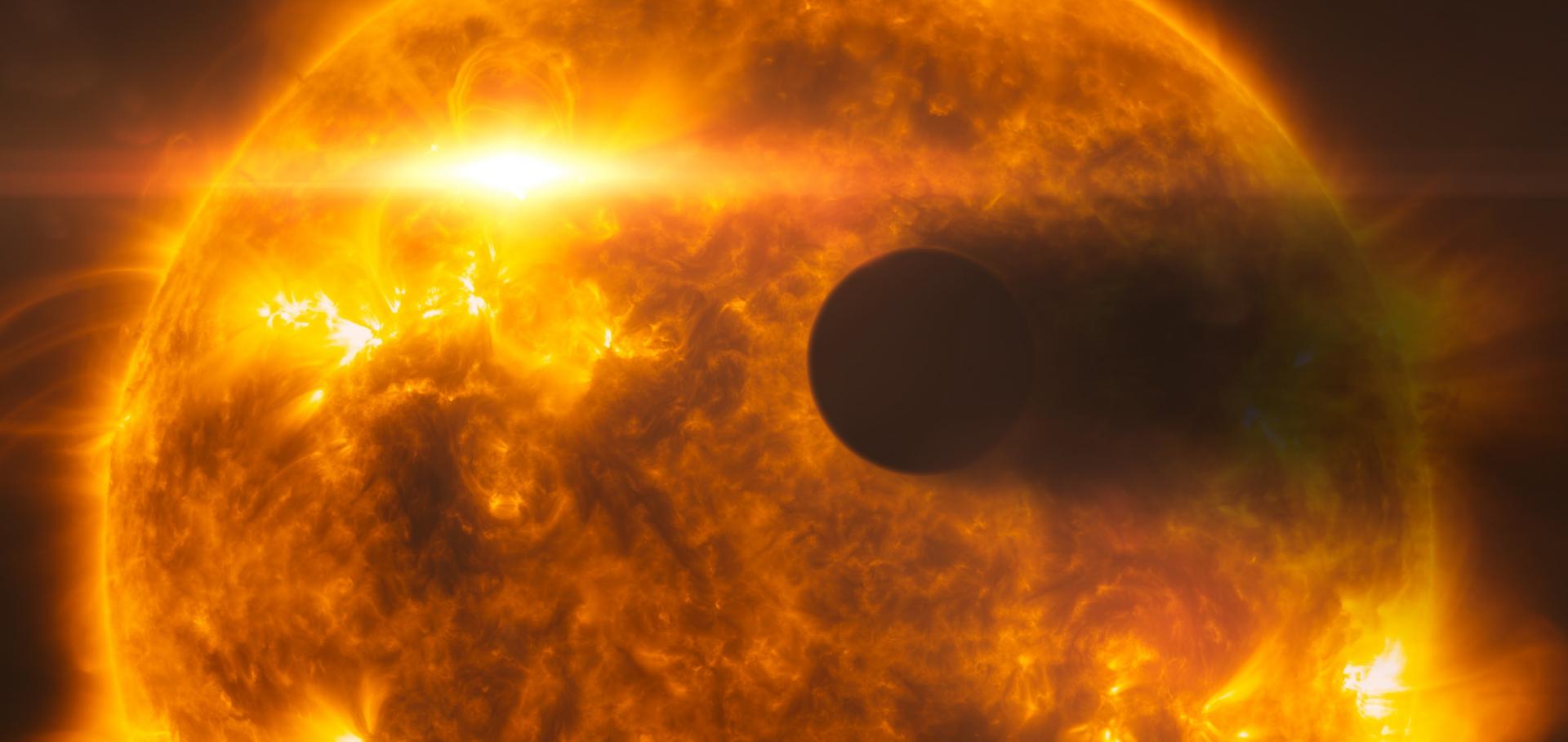On the potential of the EChO mission to characterise gas giant atmospheres
(2012)
Detection of Neptune-size planetary candidates with CoRoT data: Comparison with the planet occurrence rate derived from Kepler
Astronomy and Astrophysics 547 (2012)
Abstract:
Context. The CoRoT space mission has been searching for transiting planets since the end of December 2006. It has led to the detection of about twenty Jupiter-size planets and three planets with radius Rp≲5 R⊕ The latter are CoRoT-7b, the first super-Earth observed in transit, and two validated Neptunes, CoRoT-24b and c, in a multiple system. Aims.We aim to investigate the capability of CoRoT to detect small-size transiting planets in short-period orbits, and to compare the number of CoRoT planets with 2.0 = Rp = 4.0 R. with the occurrence rate of small-size planets provided by the distribution of Kepler planetary candidates. Methods.We performed a test that simulates transits of super-Earths and Neptunes in real CoRoT light curves of six long observational runs and searches for them blindly by using the transit detection pipeline developed at the Laboratoire d'Astrophysique de Marseille. Results.The CoRoT detection rate of planets with radius between 2 and 4 R. and orbital period P = 20 days is 59% (31%) around stars brighter than r′ = 14.0 (15.5). The vast majority of the missed planets went undetected because of a low transit signal-to-noise ratio (S/N). However, in some cases, additional instrumental or astrophysical noise may prevent even transits with relatively high S/N, i.e. S/N = 10, from being revealed. By properly taking the CoRoT detection rate for Neptune-size planets (2 = Rp = 4 R.) and the transit probability into account, we found that according to the Kepler planet occurrence rate, CoRoT should have discovered 12 ± 2 Neptunes orbiting G and K dwarfs with P = 17 days in six observational runs. This estimate must be compared with the validated Neptune CoRoT-24b and five CoRoT planetary candidates in the considered range of planetary radii, the nature of which is still unsolved. We thus found a disagreement with expectations from Kepler at 3s or 5s, assuming a blend fraction of 0% (six Neptunes) and 100% (one Neptune) for these candidates. Conclusions.This underabundance of CoRoT Neptunes with respect to Kepler may be due to a) an underestimate of the uncertainty on the Kepler planet occurrence; b) an underestimate of the false-positive probability of the Kepler small-size planetary candidates; c) an overestimate of our prediction of CoRoT Neptunes related to the number of G and K dwarfs observed by CoRoT; or d) different stellar populations probed by the two space missions. Regardless of the origin of the disagreement, which needs to be investigated in more detail, the noticeable deficiency of CoRoT Neptunes at short orbital periods seems to indirectly support the general trend found in Kepler data, i.e. that the frequency of small-size planets increases with increasing orbital periods and decreasing planet radii. © 2012 ESO.A Gemini ground-based transmission spectrum of WASP-29b: a featureless spectrum from 515 to 720nm
(2012)
The prevalence of dust on the exoplanet HD 189733b from Hubble and Spitzer observations
(2012)
Detection of Neptune-size planetary candidates with CoRoT data. Comparison with the planet occurrence rate derived from Kepler
(2012)


